The funny fact about most people visiting wildlife reserves is that they tend to prefer wearing bright coloured caps of all sorts, clothes that would make even the wild hog snigger and keep looking into the screens of their smartphones, saying, ‘There is no network here.’ And every time you meet a canter-full of them they will shout, ‘Did you spot the tiger?’
This has happened in Ranthambore, Dudhwa, Satpura, Panna and even in distant Kabini and Bandipur. To such queries I have always waved my hands and answered, ‘Look at the Kingfishers, admire the spotted deer, and spot the wild dogs.’ They laugh as they move on.
These reserves are entire ecosystems with a high density of herbivores too. There are Chitals, Sambhars, Elephants, Gaurs, and hundreds of species of birds to spot and remember. The forests are full of a thrilling arrangement of flora and the Tiger and the Leopard are simply one part of this world.
Kabini, where we were in November 2015, has a dense growth of moist-deciduous trees with large patches of land where monocultures of teak are raised. There are secondary forests too where the undergrowth isn’t far from the tracks where we move.
The Spotted Deer in Kabini
I’ve loved this specie from a photographer’s point of view. They are always happy to stand and stare, pose for you long enough, and have a curiosity that sometimes is more than what humans display in such an environment. The Axis axis or Chital is also called Cheetal or the Indian Spotted Deer and was first described by Johann Christian Polycarp Erxleben, a German naturalist, in 1777. Only the males of this species have three-pronged antlers. These antlers are nearly 1 metre in length and weight anywhere between 5 to 10 kilograms. There was one pair of these antlers hung on a low branch by the forest department and we were allowed to lift them in our hands and wonder at the weight this gentle animal has to run around with.
People tend to look through the spotted deer as their eyes search frantically for the tiger… and these are the enthusiasts who miss spectacular sights… and insights. They don’t even notice the skin that has upper parts that are golden to rufous and covered in white spots. They miss this wonderful camouflage that nature has given this specie. They miss noticing that the abdomen, rump, throat, insides of legs, ears and tail are all white and miss admiring the tail that is around 20 centimetres (7.9 in) long, is marked by a dark stripe that stretches along its length. They miss noticing the ever alert deer that never misses calls that Langurs and Mynahs make when a predator approaches. They miss noticing that the spotted deer tends to graze near trees where the Langurs perch… and this isn’t only because of expected warnings of an approaching predator but also because the Langur drops fruits that the deer feed on. These are the sort of safari folk who wouldn’t know the inquisitive glance of a Spotted Deer and would never peer into the eyes of one to see that film of emotion that is always there for all to see.
I have seen the Chital or the Spotted Deer stay in groups, run in groups, and leap in groups… and when they are really alarmed, they sometimes dive under fences instead of leaping over them as they can easily clear fences as high as 5 feet. This animal prefers to hide in the dense undergrowth and so will stay within a few hundred yards of such a protective cover.
The Spotted Deer is worth aim your camera and clicking some endearing shots that you can later look at. I know that there are households where deer heads are displayed on the wall and I must quote Ellen DeGeneres as I conclude this post:
‘I ask people why they have deer heads on their walls. They always say because it’s such a beautiful animal. There you go. I think my mother is attractive, but I have photographs of her.’
.
.
.
.
.
This trip was then sponsored by Aircel who are doing a great job with their #AircelSaveTheTiger project
.
Arvind Passey
19 May 2016

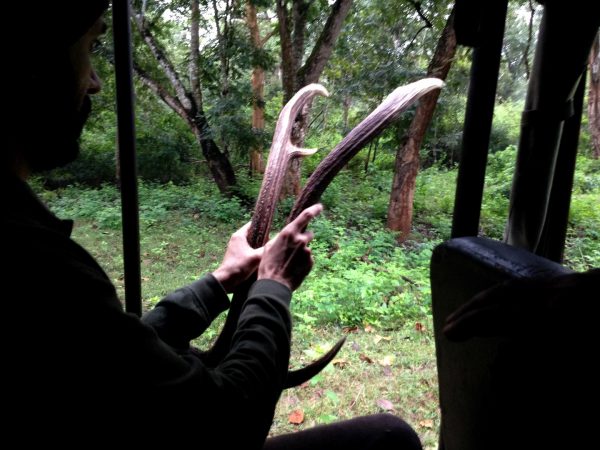
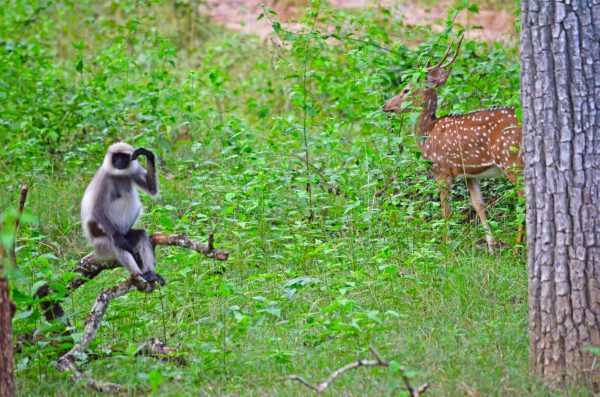
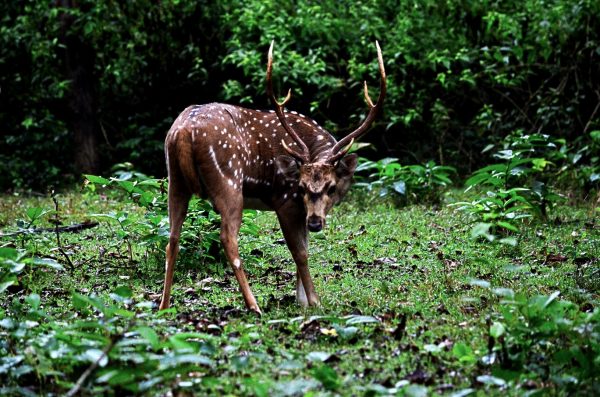
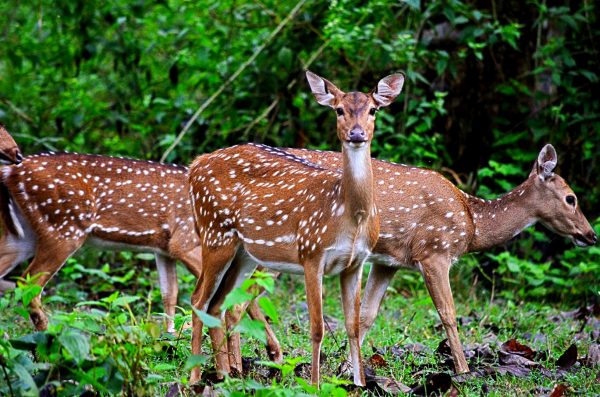
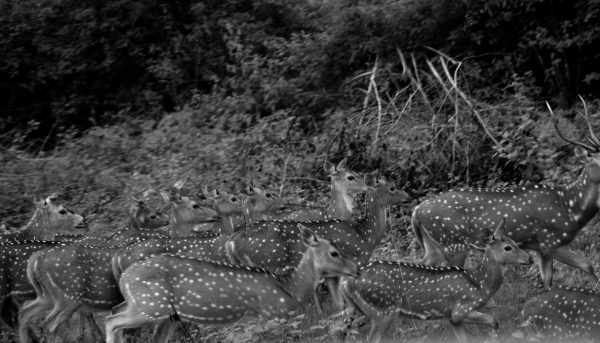
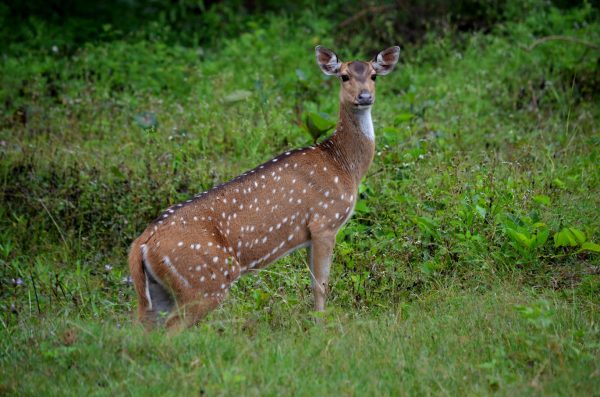
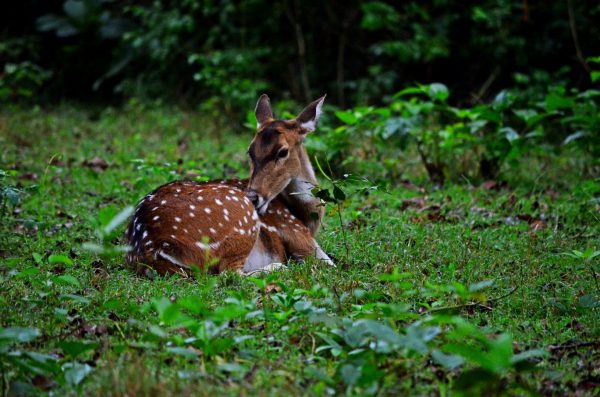
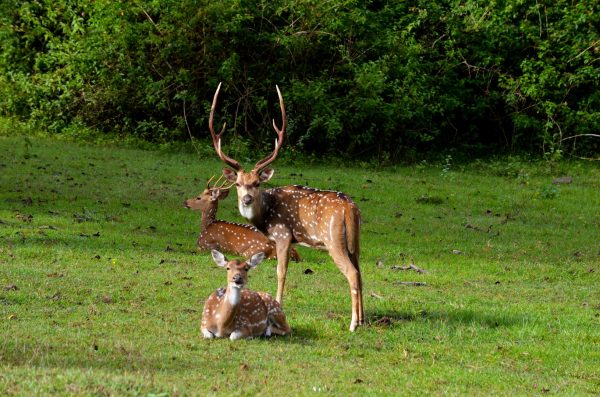








2 comments
Vipin says:
May 22, 2016
Dress codes should be made mandatory, i guess. “Love the jungle, not just tigers” is a great message for the visitors. Infact, I had a similar experience at Pansad (Rantnagiri) where a family asked ” Aagey kuch dikha kya ?” . They meant wild animals, however its not easy to spot an animal there. Also, the wilderness has to be much appresicated, which goes unnoticed.
Arvind Passey says:
May 22, 2016
I guess what we really need is to ensure that visitors to wildlife parks stick to the regulations. 🙂